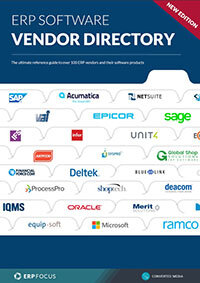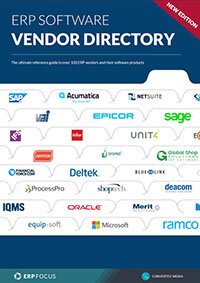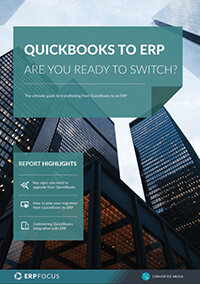4 Ways to Expand the Functionality of Your Legacy ERP
The constant acceptance of change is critical to any enterprise’s business growth, but more often than not, the practical impacts of this experience are rarely appreciated. Part of this reality has to do with the management of time and money. No one wants to put effort and investment into what may appear to be non-revenue generating administrivia, when it’s so much more satisfying to see regular sales transactions appear in accounts receivable. However, there is more to the psychology, since as human beings, many business-tech folks simply don’t enjoy walking a particular path time after time.
However, there’s much to be said for the process of maximizing the present, while leaning toward the future. This awareness can pay huge bottom-line dividends if enterprise systems managers are willing to stay the course and optimize their legacy ERP systems until their platforms ‘just can’t get any better’; rather than constantly jumping from a current frying pan to an unknowable fire, sometimes referred to as the ‘next big thing.’
Here are four ways to push the ball along efficiently while also avoiding the need to have THAT budget conversation with your enterprise CFO sooner, rather than later.
1. Review Granular Platform Performance Regularly
Believe it or not, this is a pretty straightforward consideration that is, unfortunately, rarely discussed. Most solid companies execute some kind of financial auditing on a quarterly or annual basis, just to keep a business on track; so why not do the same thing with the stability of one’s legacy ERP platforms? Good ERP managers ‘should’ always embody a heightened sense of what is going under the hood of their systems, however, distractions can occur.
Recommended Reading: ERP Vendor Directory - 107 Pages of ERP Vendor Information
When it comes to data-intensive systems, driven by real-time activity such as ERP platforms, bad things can happen quickly. In the dark of the night, unless ‘someone’ is paying attention to all of the moving parts, all the time, your legacy ERP will quickly become a liability.
2. Measure Everything, All the Time
This is also sometimes referred to as the ‘measure twice, cut once’ rule. However, while this approach may appear to be irrelevant and old-school in context of 21st Century technologies, regular metric reviews still make for more efficient ERP systems regardless of type or sophistication.
3. Lean into Recurrent Training - Don't Dread It
Unless you’re a math wonk who enjoys running the numbers ‘just for fun’, most enterprise operators see ERP training in the same way – with dread. However, if your legacy ERP userbase is constantly being challenged by new education, over time problems tend to disappear and processes maximize, thereby leading to better overall business performance across the board.
4. Maximize the Present, but Plan for the Future
This is another of those homilist suggestions that still applies regardless of legacy ERP system age or sophistication. While solid system performance over time is primarily driven by persistence and detail, technologies do evolve over time, so thinking forward is always a better bet than sticking one’s head in the sand, simply because ‘everything feels fine’.
Free white paper

ERP Software Vendor Directory
Put the most comprehensive ERP vendor directory on your desk today

Featured white papers
-

Quickbooks to ERP: Are You Ready to Switch?
Get the definitive guide to converting your business from Quickbooks to ERP
Download
Related articles
-

A beginner’s guide to ERP integration
What is ERP integration, why it matters, and more!
-

CMMC Compliance: What Aerospace and Defense Manufacturers Need to Know
Key insights on CMMC compliance, deadlines, and securing DoD contracts with CMMC 2.0 certificatio...
-

When is it time to replace a legacy ERP system?
Replacing your legacy ERP system with new software can revitalize your business operations.

